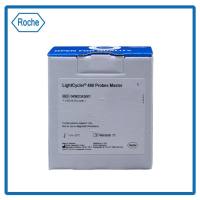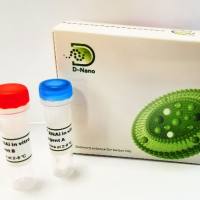Diethylpyrocarbonate and Osmium Tetroxide as Probes for Drug-Induced Changes in DNA Conformation In Vitro
互联网
478
Chemical probing of nucleic acids is a powerful and versatile approach to the detection and analysis of the structural and functional complexity of nucleic acids (1 ). Secondary structures of native DNA and RNA as well as ligandinduced changes in conformation can be probed by the use of a variety of chemical reagents, either in vitro with purified nucleic acids in a reconstituted acellular environment, or directly within the framework of a cell Over the last 10 yr, new advances in technology and new chemical probes have been developed that allow for sensitive, high-resolution detection of variations in DNA and RNA secondary structures. Another aspect of chemical probing experiments concerns their application to investigate the effect of chemotherapeutic drugs on nucleic acid structures. A number of antitumor and antiviral drugs owe their efficacy to their capacity to interact with DNA and subsequently inhibit DNA replication, transcription, and other key steps in the proliferation of the cancer cell or of a virus. Therefore, it is of great importance to understand the mechanism by which drugs interact with DNA and whether or not (and how) these drugs distort the DNA double helix upon binding to it. Although many sophtsticated spectroscopic techniques such as NMR and X-ray crystallography have provided a large body of information about drug-induced structural changes in DNA, these techniques are limited with respect to the size of the DNA molecule that can be studied and have therefore been restricted to experiments employing short oligonucleotides. In addition, it is sometimes necessary to use very high concentrations of both the DNA and the ligand or even to add chemicals in order to stabilize the drug-DNA complex (e.g., dehydrating agents used for X-ray crystallography). The use of chemical probes does not suffer from such constraints so that both short and long DNA molecules can be probed under a variety of conditions in vitro and in vivo. Chemical probing expenments are ideally sulted to detect both local and propagated conformational changes in DNA down to the atomic level









